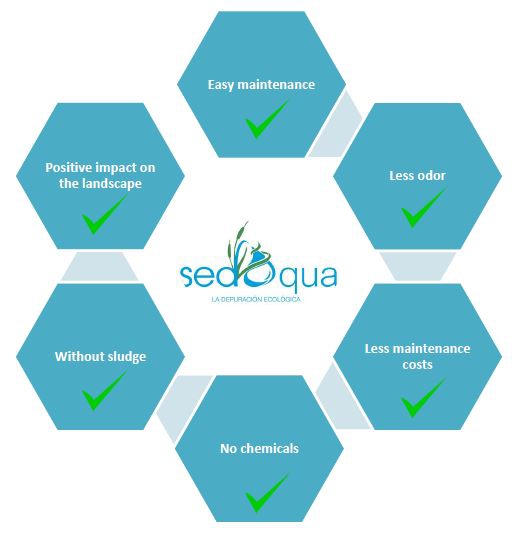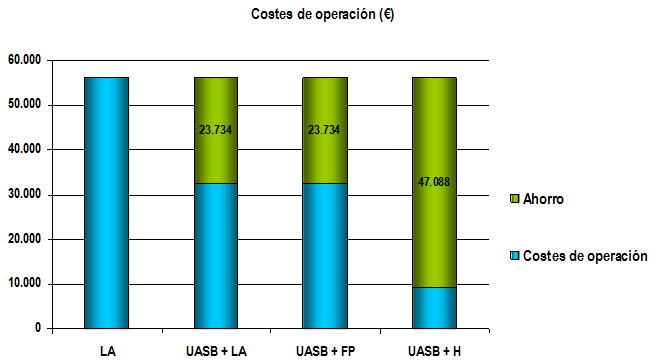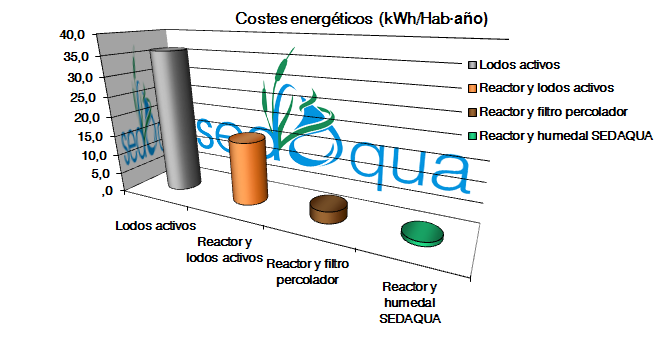Advantages of constructed wetlands
Constructed wetlands are low deep channels or ponds (lower than 1 m), planted with local aquatic vegetation in which natural decontamination processes occur by wastewater interaction with solid media gravel, microorganisms, vegetation and even fauna.
Constructed wetlands advantages are the following:
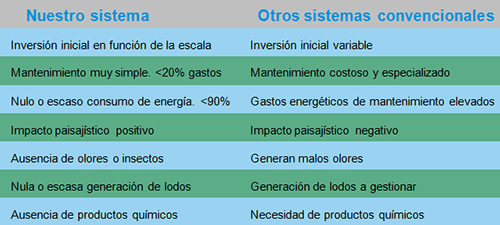
Initial investment of constructed wetlands may reach up to 50%, comparing with conventional wastewater treatment systems used in small populations and industries.
Maintenance and operation of constructed wetlands are low, mainly checking pipes and wells. Sometimes, pumping water to inlet and recirculation is the only energy system required. In many times, gravity can avoid pump installation. In final treatments, water may have surface flow, improving environment and landscape. The wastewater treatment plant may save from 90% to 100% of energy costs.
Usually, wastewater has subsurface flow under the gravel media, which avoids bad smells and insects.
This system is totally natural and does not need chemicals, producing low sludge (less than 50% of an aerobic treatment) and saving management costs.
Landscape integration is perfect, escaping from the tipical image of a traditional wastewater treatment plant. Watch these constructed wetlands treating winery wastewater in Pazo de Señoráns (Spain):
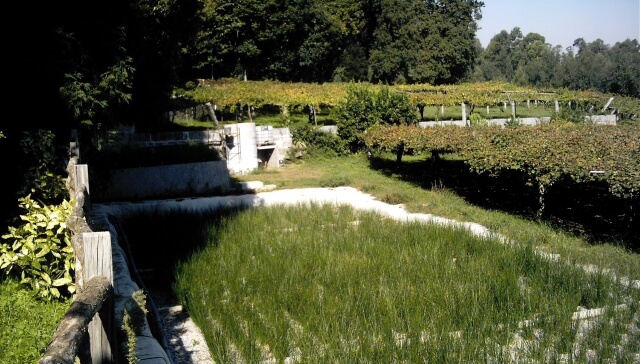

 EN
EN GL
GL ES
ES